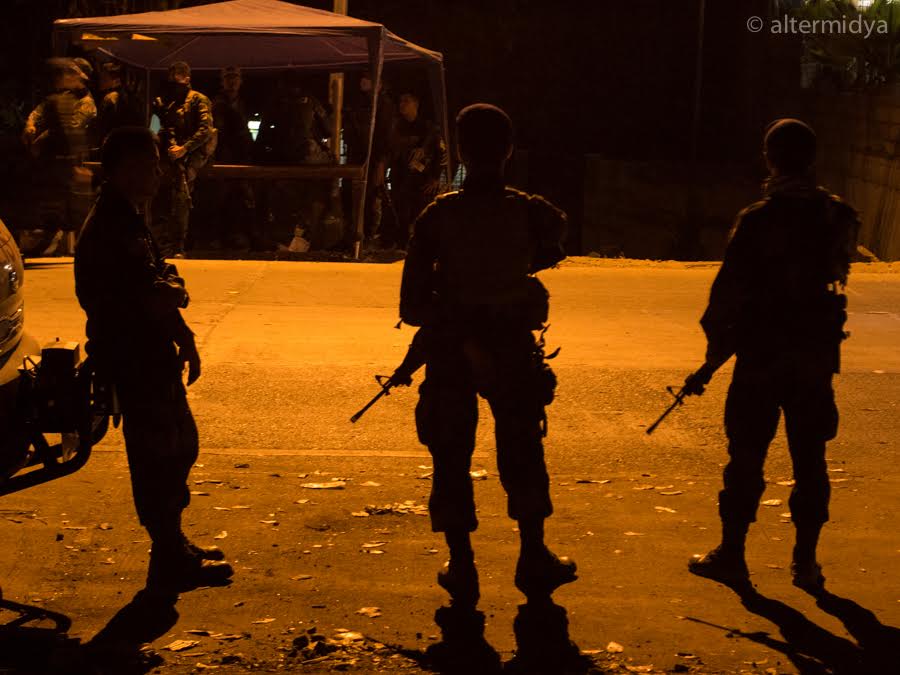
Like any other Filipino citizen, I am aghast and angered by what transpired in Kidapawan: more precisely, how the police peppered El Niño-stricken farmer with bullets. As a journalist though, I must say that I am equally aghast and angered by the deluge of deliberate misinformation that followed the incident: for me, they’re like bullets that kill the beating heart of critical thought and compassion. Like the police who use high-powered weapons with impunity, so do government officials who sound like trolls, and trolls who sound like government officials use misinformation with impunity.
First thing’s first. We owe these farmers not just the food on our tables. We owe them the fact of our enlightenment that in many areas in Mindanao, scores of our farmers are starving, their crops wilted or destroyed by rats due to the dry spell that started as early as February 2015. In North Cotabato alone, agricultural losses have reached P1 Billion: 50,000 hectares of rice and corn lands and 25,000 farmers have been affected.
With the rationale that calamity funds need to be released, the provincial government declared a “state of calamity” in January this year. Yet two months have passed, and farmers have not received anything. If not for the 5,000 farmers who staged a barricade in Kidapawan City to demand for food aid and the release of calamity funds, we would not have known.
Just like in 2004. Before the strike by Hacienda Luisita farmworkers that similarly turned into a massacre, nobody knew that they were receiving P9.50 a week for toiling all day under the sun, silently generating wealth for the Aquino-Cojuangcos in a hacienda that was the epitome of feudalism and the failure of land reform.
The fact that Philippine realities make their way to public consciousness through paths spilt with blood mean that we should take information seriously. And misinformation even more so.
Aside from provincial and alternative press who covered the protest from the very beginning, the farmers’ barricade in Kidapawan was hardly given any attention by the national media, with only a few publications and GMA 7 issuing reports. That by itself is highly unfortunate but perhaps forgivable, given the reality of “proximity” (to the capital of Manila) as a news value, and for the corporate media, news of hungry farmers staging just another rally is just, as they say, not “sexy” enough.
Then April 1 happened and all of a sudden, El Niño victims became worthy news subjects. And therein lies the tragedy—what was a wide-open opportunity to finally shed light on an underreported, life-and-death issue for thousands of our countrymen was narrowed into Left-bashing that concerned itself not with facts but with unfounded accusations, not with actually feeding empty stomachs but with feeding minds with faulty assumptions that benefit only those who have everything to hide and everything to lose. Because whatever we may think of the actions of the farmers before those fatal shots were fired: they had nothing to hide (unlike those masked SWAT gunmen), and perhaps, nothing else to lose.
The subsequent police raid at the Spottswood United Methodist Center (UMC) proved just that: nothing but a cap and a pouch was found in their possession. Still, the Philippine National Police tried to sell its line that the rally was infiltrated by the New People’s Army (NPA), claiming that an NPA commander—admittedly without a name nor a face, mind you—was arrested. Some publications used this in their headlines and in their story leads, in flagrant violation of one basic journalistic W (Who, pray tell?) Yet another “evidence” of NPA “infiltration” was alleged gunpowder residue found on the body of a dead farmer—the media lapped this up as well, failing to point out that paraffin tests are obsolete and prove nothing, according to forensic experts. They failed to ask as well the most basic question that an autopsy needs to answer: cause of death. Did he indeed die of heat stroke as Senior Supt. Alex Tagum so farcically claimed in an earlier press conference? I see the cop-out: the PNP issued its statement on its autopsy findings through a press release, knowing full well that the media’s standard operating procedure is to generally print it, and ask questions later, even though the damage, generally, has been done.

What we need from the media right now is to ask and investigate the multitude of questions that need urgent answers. Right now, martial law is practically being enforced in Kidapawan City—and like the farmers inside the UMC Compound, truth is being cordoned off and held hostage by state forces. Reporters on the ground are barred by the police from entering hospital premises and talking to victims, some of whom are tied to their hospital beds in handcuffs. Around 80 farmers are still being illegally detained inside a gym, inaccessible to the media as well as health and human rights workers. Hospital staff are under orders from the provincial government not to give out any information about the dead victims. There are reports that the social welfare department has forcibly separated children from their parents. All these need to be reported on and verified.
The fact that the final count of the dead and the cause of their deaths still needs to be established, three days after the massacre, is telling. The fact that the wounded cannot be interviewed nor could immediately be located by their families after the incident is cause for indignation, from both a journalist and a citizen’s point-of-view.
It is as if the basic truths about the incident doesn’t matter—or at least, not until the government can cleanly cover it up. It is as if the public is being made to suffice with the government’s now standard response of Left-bashing, beefed up by an army of trolls that unleash dubious testimony from uncorroborated identities, plus conspiratorial videos from the presidential communications office that prove nothing and give no justification to the massacre. (Of the videos, I do not know which one is more pathetic as an attempt to draw sympathy away from the farmers—a drone footage that shows farmers throwing stones and beating a shielded cop with a stick, cut right before the SWAT moved in for the kill; or a lackluster “protester” eating a biscuit, shot in such a way that doesn’t give any information on where the hell he is, egged on by an interviewer asking leading questions.)
It’s as if it’s okay to say malicious or demeaning things about farmers without even asking them themselves—or even listening to the rare times they are made to speak, through the media that actually do their job by talking to them. It’s as if it’s even intelligent to deduce that because placards condemning the government’s anti-insurgency program are side-by-side with placards asking for rice, it automatically makes the farmers insurgents and makes their call for food aid illegitimate. It’s as if just because President Aquino and Liberal Party standard bearer Mar Roxas can’t find it in their haciendero hearts to sympathize with the farmers, other politicians shouldn’t too. Of course they should—everyone should. It’s called compassion. Something that misinformation is ruthlessly trying to kill.

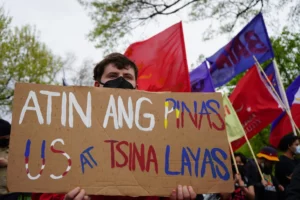
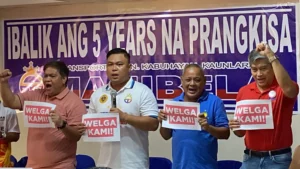
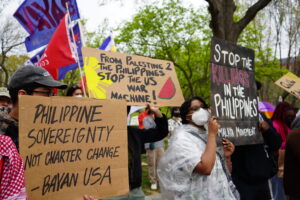
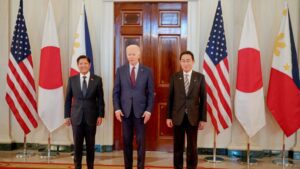
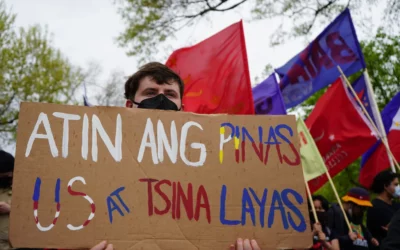
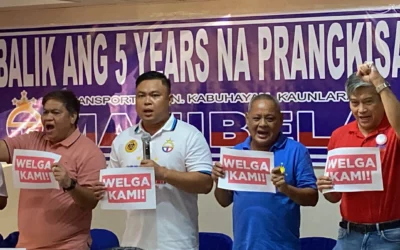
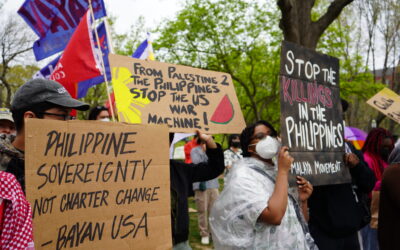
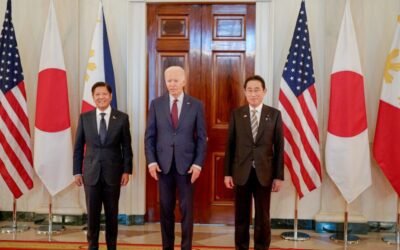
0 Comments